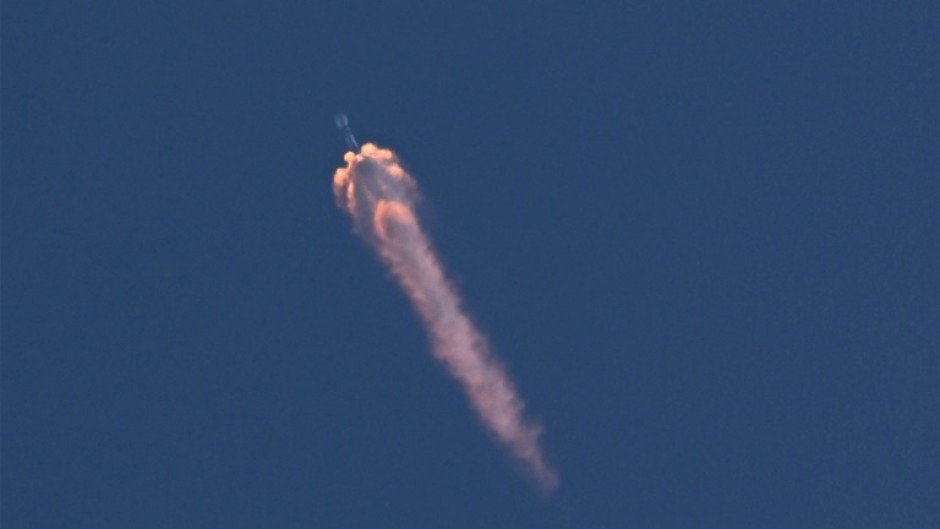LOS ANGELES - A rocket carrying a sophisticated satellite blasted off from California on a mission to investigate what role clouds could play in the fight against climate change.
The EarthCARE orbiter, the result of collaboration between the European Space Agency (ESA) and Japan's JAXA space agency, launched on a SpaceX Falcon 9 rocket from Vandenberg air base.
"The hold-down clamps have released Falcon 9 and we have begun our flight," ESA said on its website.
The two-tonne satellite will orbit nearly 400 kilometres above Earth for three years.
"Tonight's launch is a reminder that space is not only about exploring distant galaxies and planets. It is about understanding our beautiful but fragile Earth," ESA Director Josef Aschbacher said in a video posted on social media.
Clouds -- from cumulus and cirrus to cumulonimbus -- are a varied and complicated phenomenon.
Their composition depends on where they are located in the troposphere, Earth's lowest layer of atmosphere, explained Dominique Gillieron, head of the ESA's Earth observation projects department.
"They are one of the main contributors to how the climate changes -- and one of the least understood," Gillieron told AFP.
The troposphere starts at around eight kilometres above the polar regions, but near the equator it begins at around 18 kilometres up. This means that clouds affect the climate differently depending on their altitude and latitude.
White and bright cumulus clouds, which are made out of water droplets, sit low and work like a parasol, reflecting the Sun's radiation back into space and cooling the atmosphere.
Higher up, cirrus clouds made of ice crystals allow solar radiation to pass through, heating up our world.
Cirrus clouds then trap in the heat like a blanket, Gillieron said.
Understanding the nature of clouds has become essential, said Simonetta Cheli, head of the ESA's Earth observation programs.
EarthCARE will become the first satellite to measure both the vertical and horizontal distribution of clouds, she told a press conference.
Two of the satellite's instruments will flash light at the clouds to probe their depths.

